dir="ltr" style="text-align: left;">

Soyon e, swapan e, jagoron e Bangali jibon er omogh sotyo Luchi Torkari, Robibar er jol-khabar!
~ The ultimate dream and truth in a Bengali’s life is luchi-torkari (poori-bhaji) on Sunday’s breakfast.
Luchi is the inseparable part of Bengali life; you can take out a Bengali from Bengaholal but you can never remove luchi from a Bengali’s life! We need this small dose of pleasure on breakfast, lunch or dinner with our favourite Alur Torkari or Cholar Dal and a bowlful of Bonde (Sweet Boondi). We can eat this maida poori all day long without any hesitations. If you are in doubts, all you need to do is send me an invitation! I’m always up with the ‘try me’ option! (Only for luchi, okay?)
If you have no clue about what luchi is and might be thinking what’s all this fuss about, let me clear the air for you. Luchi or Loochi is a deep fried Indian yeast free flatbread which gets puffed up during frying. It is a breakfast staple in Bangladesh and few states of eastern zone of India like West Bengal, Orissa and Assam.






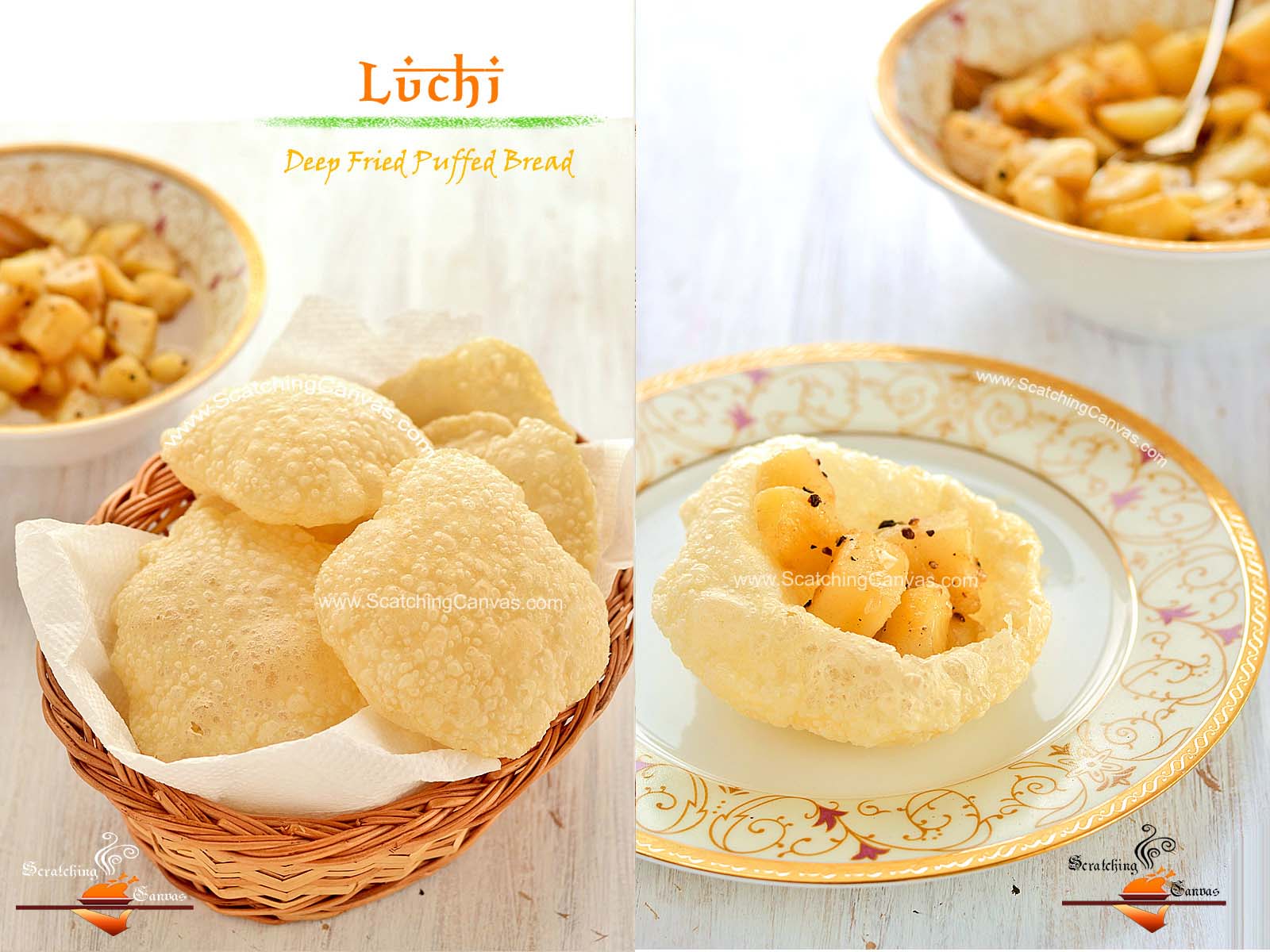




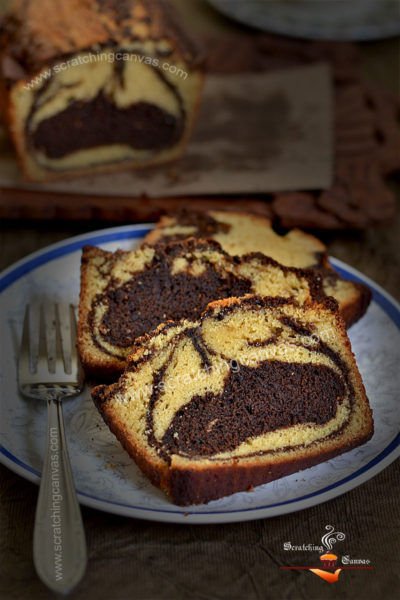
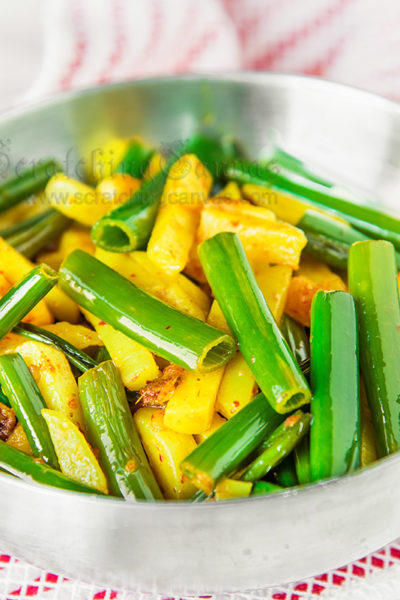
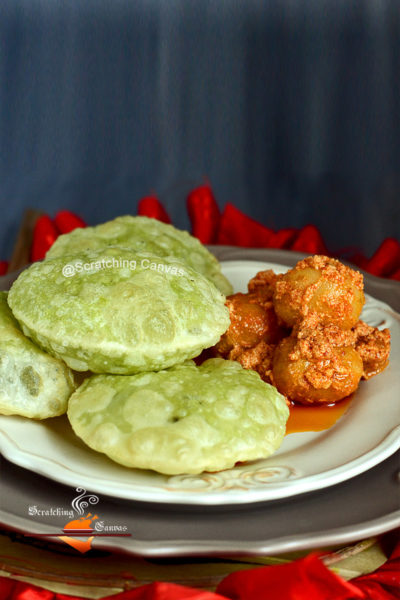
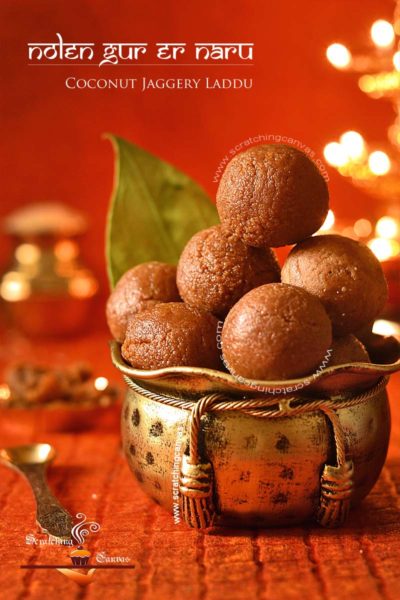

Thank you so much. My husband LOVES luchi. But for 5 years no matter how many times I try, I was unable to make fulko luchi and was almost about to give up. Then I came across your blog during Durga puja this year. Your tips and tricks have helped me to finally make fulko luchi. In fact a few days ago my cousin and her husband came to visit and they loved how perfect those luchis looked. When my cousin asked me for the secret that I gave her the link to your blog.